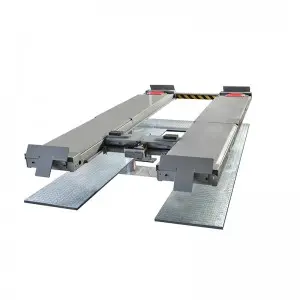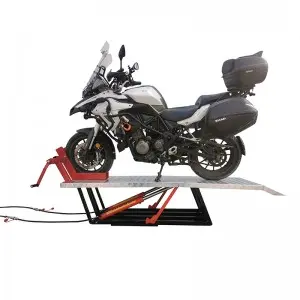
Understanding the Cylinder: Definition, Properties, Applications, and Importance in Mathematics and Engineering
****
A cylinder is a fundamental three-dimensional geometric shape defined as the set of all points in space that are at a fixed distance from a given straight line known as the axis. This line is perpendicular to two parallel circles that form the top and bottom faces of the cylinder, which are known as the bases. In mathematics and engineering, the cylinder is a critical shape due to its unique properties and multiple applications in various fields.

Understanding the Cylinder: Definition, Properties, Applications, and Importance in Mathematics and Engineering
Definition of a Cylinder
In mathematical terms, a cylinder is classified as a type of prism, specifically a right prism, in which the sides are perpendicular to the bases. The most common types of cylinders are the right circular cylinder, where the bases are circles, and the elliptical cylinder, which has elliptical bases. A right circular cylinder is characterized by its height (h), radius (r), and the position of its axis.
The mathematical formulae related to a cylinder primarily focus on its volume (V) and surface area (A). The volume of a right circular cylinder can be calculated using the formula:
\[ V = \pi r^2 h \]
where \( \pi \) (approximately 3.14159) represents an essential mathematical constant, \( r \) is the radius of the circular base, and \( h \) is the height of the cylinder.
Similarly, the surface area of a right circular cylinder can be calculated using the formula:
\[ A = 2\pi rh + 2\pi r^2 \]
where the first term \( 2\pi rh \) accounts for the lateral surface area and the second term \( 2\pi r^2 \) accounts for the area of the two circular bases.
Properties of a Cylinder
The cylinder has several significant properties that lend it to numerous applications. Some of these properties include:
1. **Uniform Cross-Section**: A cylinder boasts a uniform cross-section, meaning that if you cut the cylinder perpendicular to its axis, you will obtain circles with the same radius regardless of the position of the cut.
2. **Symmetry**: A cylinder exhibits rotational symmetry around its axis. This property makes it stable and helps in understanding various physical phenomena, such as fluid flow in pipes representing cylindrical structures.
3. **Curved Surface**: The lateral surface of a cylinder is a curved surface that can be unfolded into a rectangle. This aspect makes the cylinder unique, as it merges the characteristics of both circular and planar shapes.
4. **Volume Distribution**: A cylinder’s volume can be observed to concentrate towards the center. When considering mass distributed uniformly throughout a cylinder, this play in shape results in a center of mass residing along the axis.
Applications of a Cylinder
The applications of cylinders span various fields, from simple everyday items to complex engineering structures. Here are some examples:
1. **Manufacturing**: Cylindrical shapes are prevalent in manufacturing processes. Objects like pipes, cans, and tanks are often designed in cylindrical forms to optimize space and material use while ensuring structural integrity.
2. **Engineering**: In mechanical and civil engineering, cylinders are used in a wide range of structures and components, such as hydraulic cylinders, roll cages, and storage tanks. Their ability to withstand pressure makes them vital for systems involving fluids.
3. **Mathematics and Physics**: The properties of cylinders are regularly employed in mathematical calculations and physical applications, such as calculating volumes of liquids in cylindrical containers or modeling the behavior of waves on cylindrical surfaces.
4. **Architecture**: Cylinders are frequently utilized in architectural design for columns, pillars, and towers. The cylindrical shape not only adds aesthetic appeal but also provides strength and support to structures.
Importance in Mathematics and Engineering
Understanding the properties and applications of cylinders is crucial in both mathematics and engineering. They provide foundational knowledge that contributes to more complex geometric shapes and forms. In engineering design, knowing how to calculate the volume and surface area of cylinders helps in planning and building efficient products and structures.

Understanding the Cylinder: Definition, Properties, Applications, and Importance in Mathematics and Engineering
In conclusion, the cylinder is a fundamental shape with a range of definitions, properties, and applications in mathematics and engineering. Its classic features, coupled with its versatility, make it an indispensable part of numerous real-world applications. Whether in a classroom, a manufacturing facility, or an engineering firm, the cylinder remains a critical element of design and analysis, fostering innovation and collaboration across various fields.Inground lift
